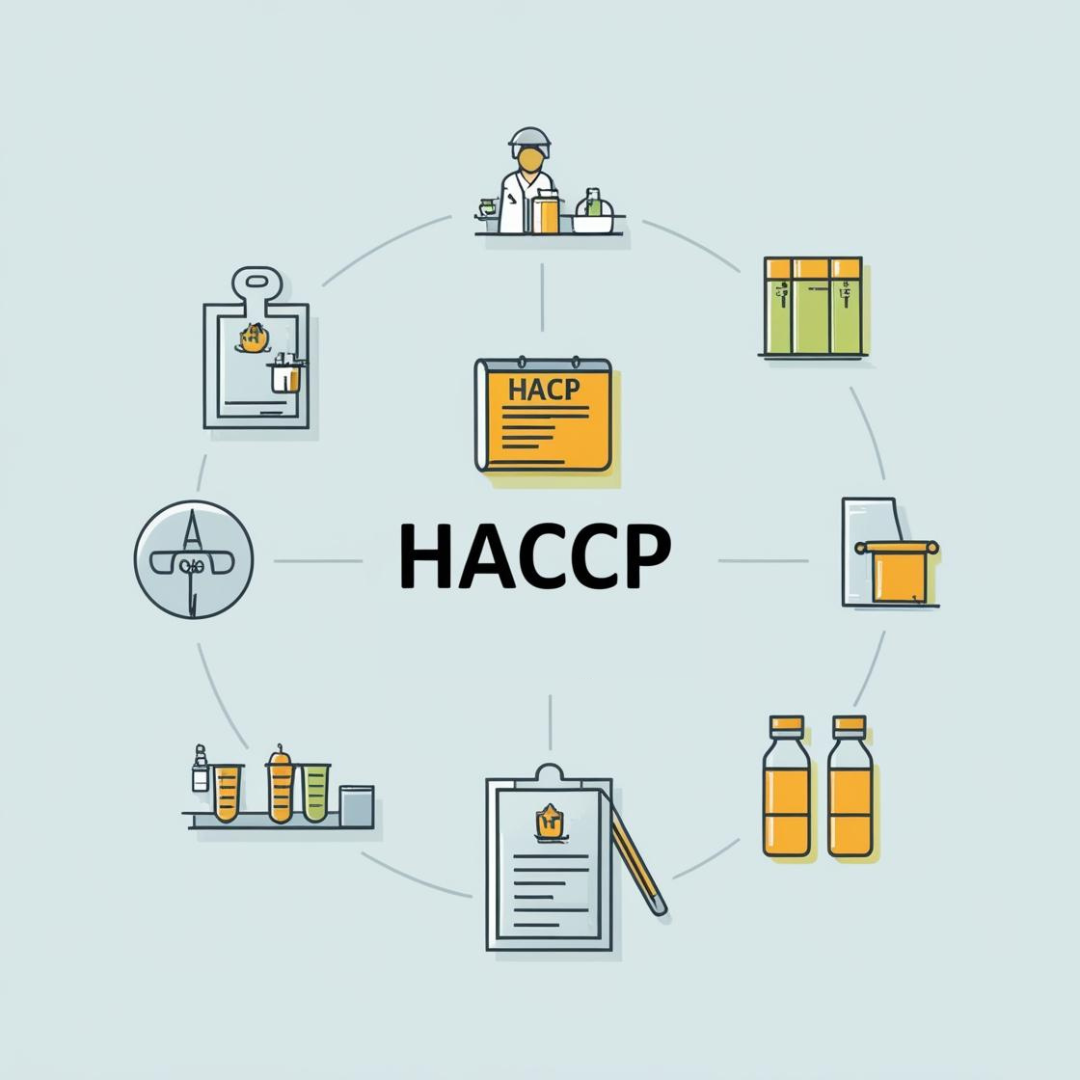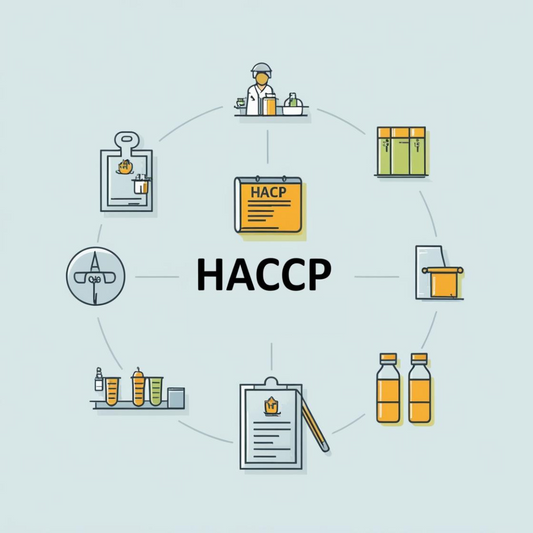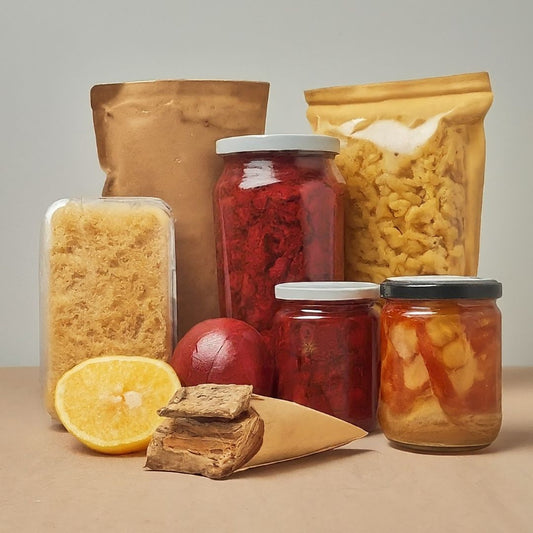Fortification for Public Health: A Small Addition with a Big Impact
Share
In many parts of the world, people go to bed full—but not necessarily nourished. This hidden hunger, caused by micronutrient deficiencies, affects billions. The good news? We have a powerful solution that doesn’t require a massive change in eating habits: food fortification.
What Is Food Fortification?
Fortification is the process of adding essential vitamins and minerals (like iron, iodine, zinc, vitamin A, and D) to everyday foods to improve their nutritional value. It’s a cost-effective, scalable strategy that has been used for decades to combat deficiencies globally.
Examples include:
Iodized salt to prevent goiter
Iron-fortified wheat flour to fight anemia
Vitamin D-fortified milk to support bone health
Folic acid in cereals to prevent birth defects
Why It Matters
Micronutrient deficiencies can lead to serious health problems, including:
Stunted growth in children
Weakened immunity
Fatigue and poor cognitive function
Increased maternal and infant mortality
What’s alarming is that these deficiencies often go unnoticed—until the damage is done. That’s why preventive solutions like fortification are crucial.
The Public Health Advantage
Fortification is:
Affordable: Costs just a few cents per person annually
Efficient: Reaches large populations through staples like rice, oil, and flour
Sustainable: Doesn’t require behavior change or new foods
Proven: Backed by WHO, UNICEF, and countless successful case studies
In countries like India, Ghana, and South Africa, large-scale fortification programs have already shown significant reductions in anemia and birth defects.
Challenges and Considerations
Despite its promise, fortification must be carefully planned:
Overconsumption of fortified foods can lead to toxicity
Bioavailability of nutrients varies with the food matrix
Cultural and dietary habits must be respected
Therefore, monitoring, regulation, and public awareness are key to safe, effective implementation.
Looking Ahead
As we aim for better health outcomes globally, food fortification remains a powerful tool in the fight against malnutrition. Combined with education, better access to diverse foods, and healthcare, it can help build stronger, healthier populations—one bite at a time.





